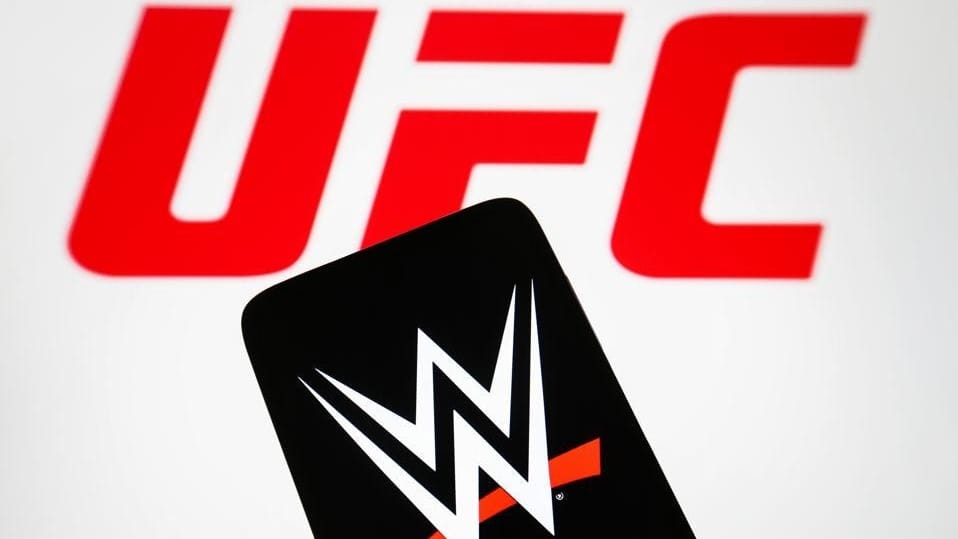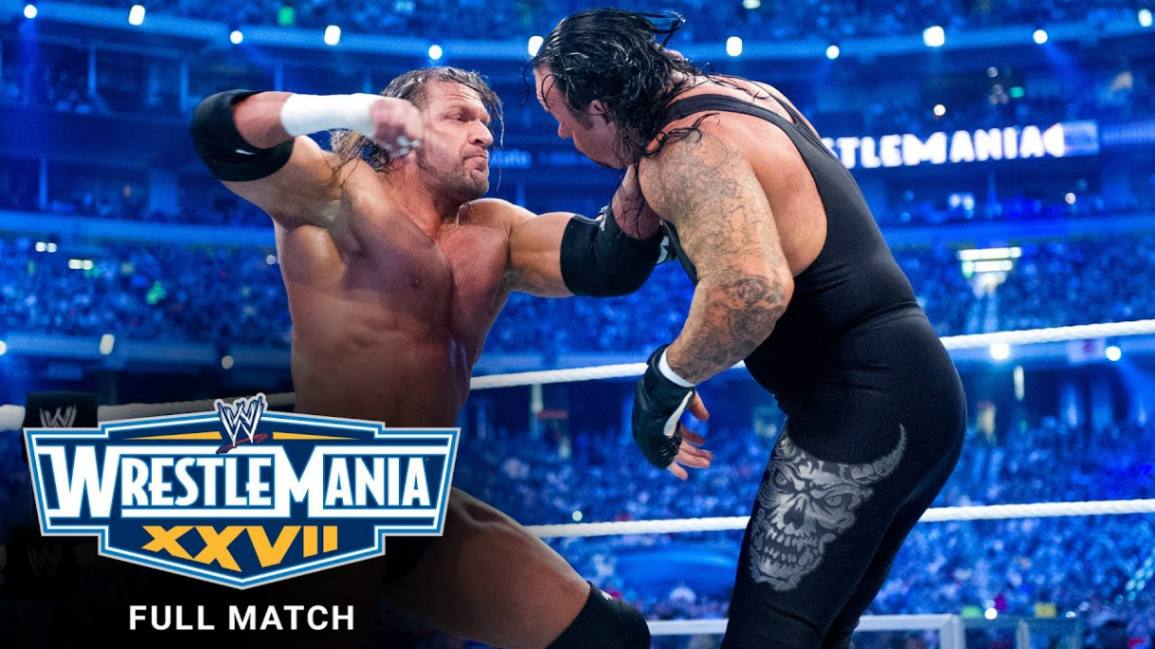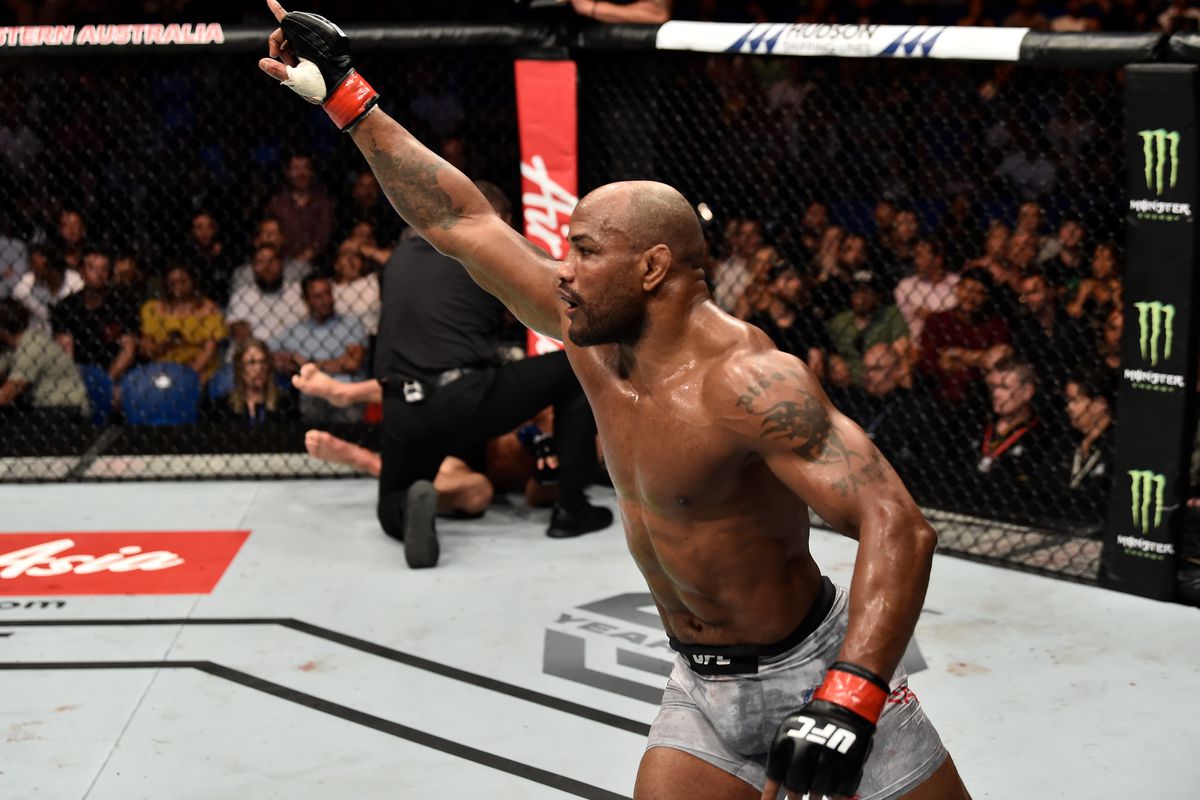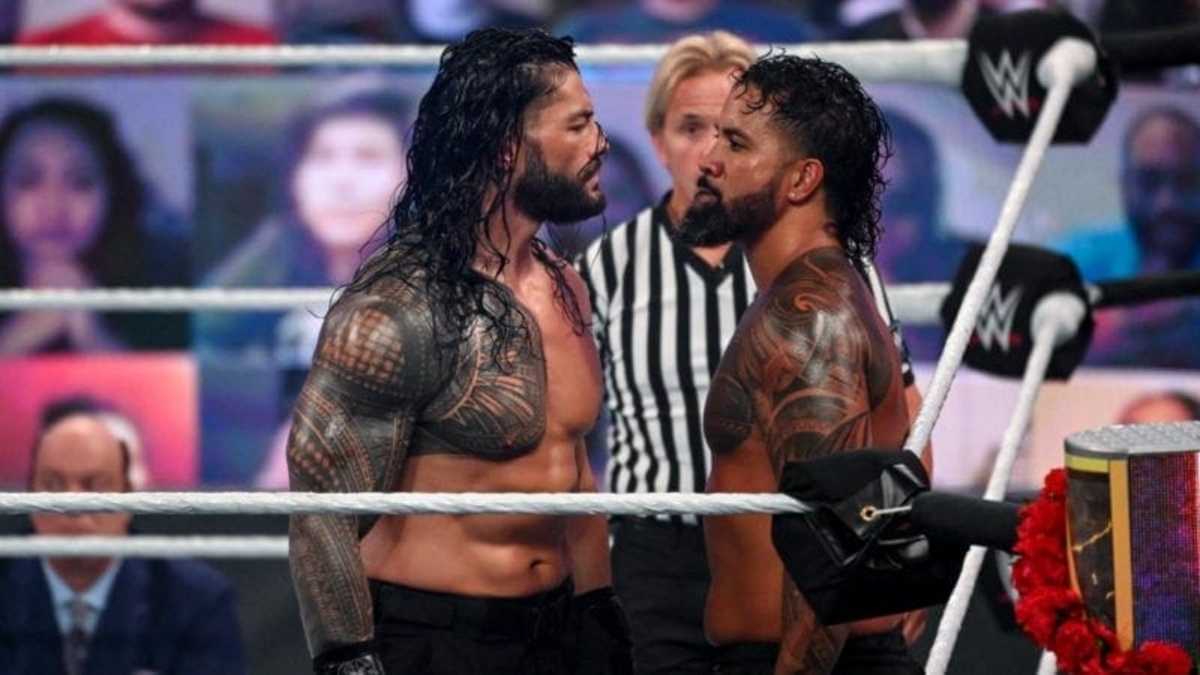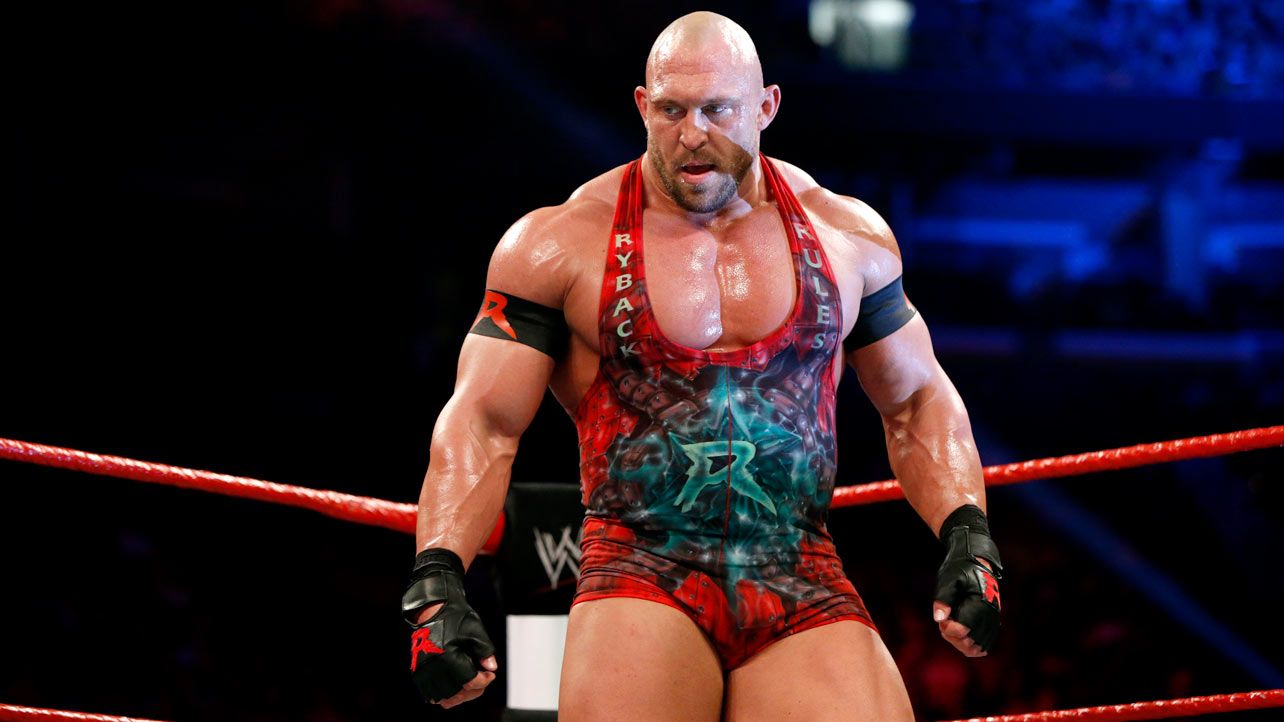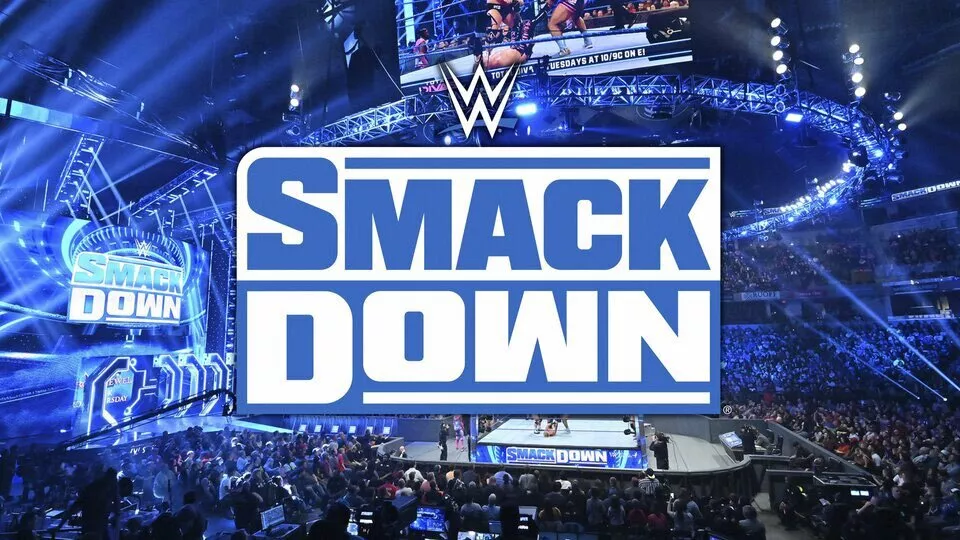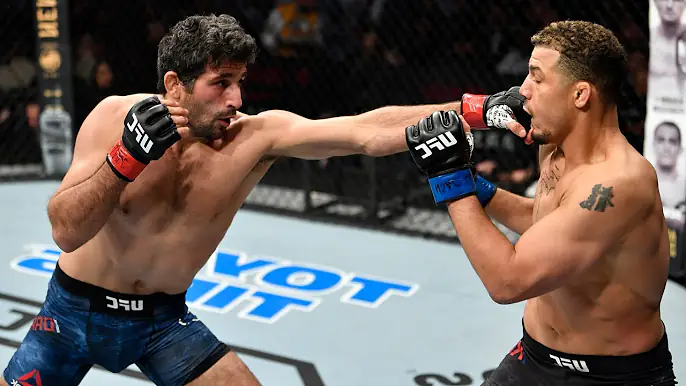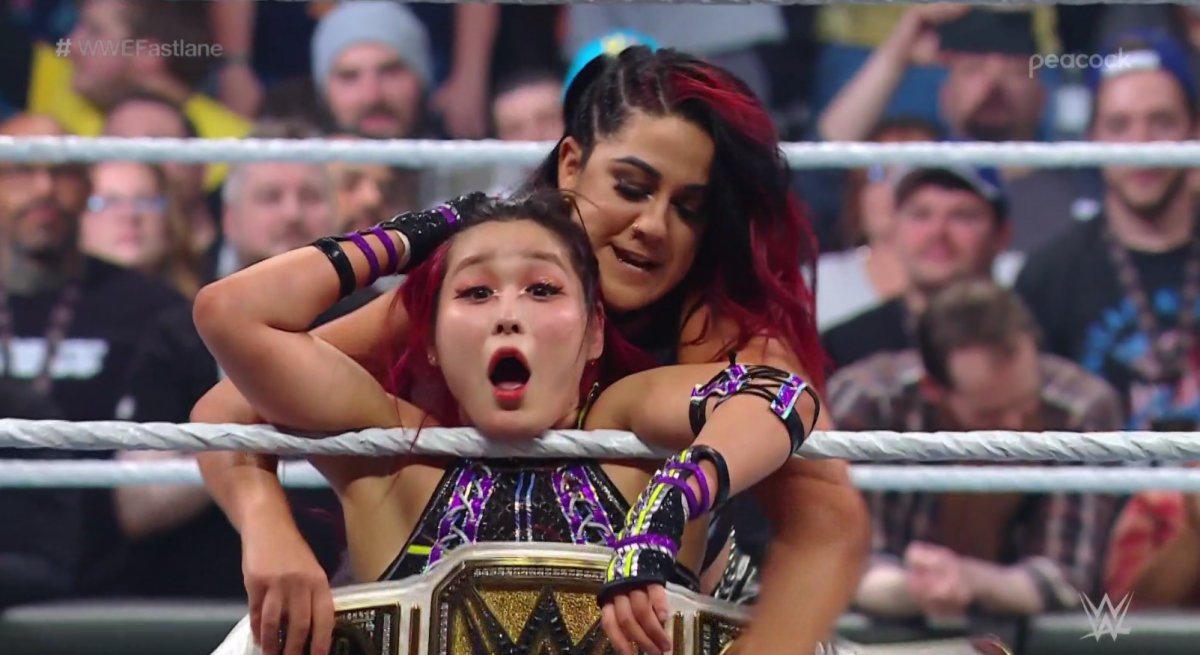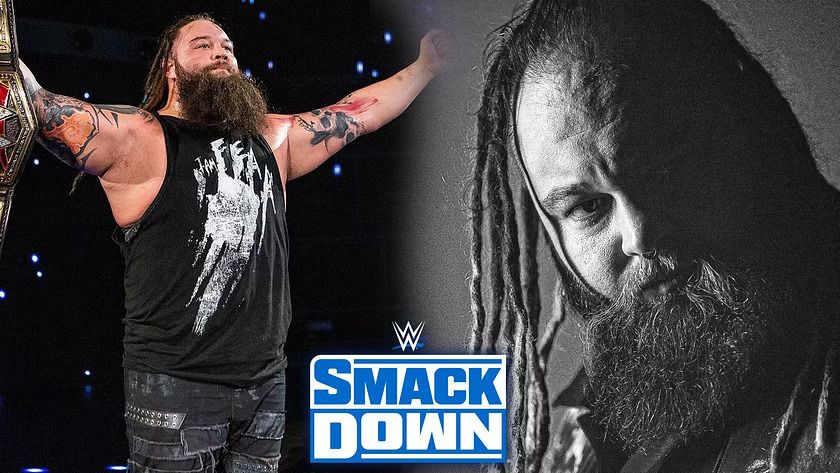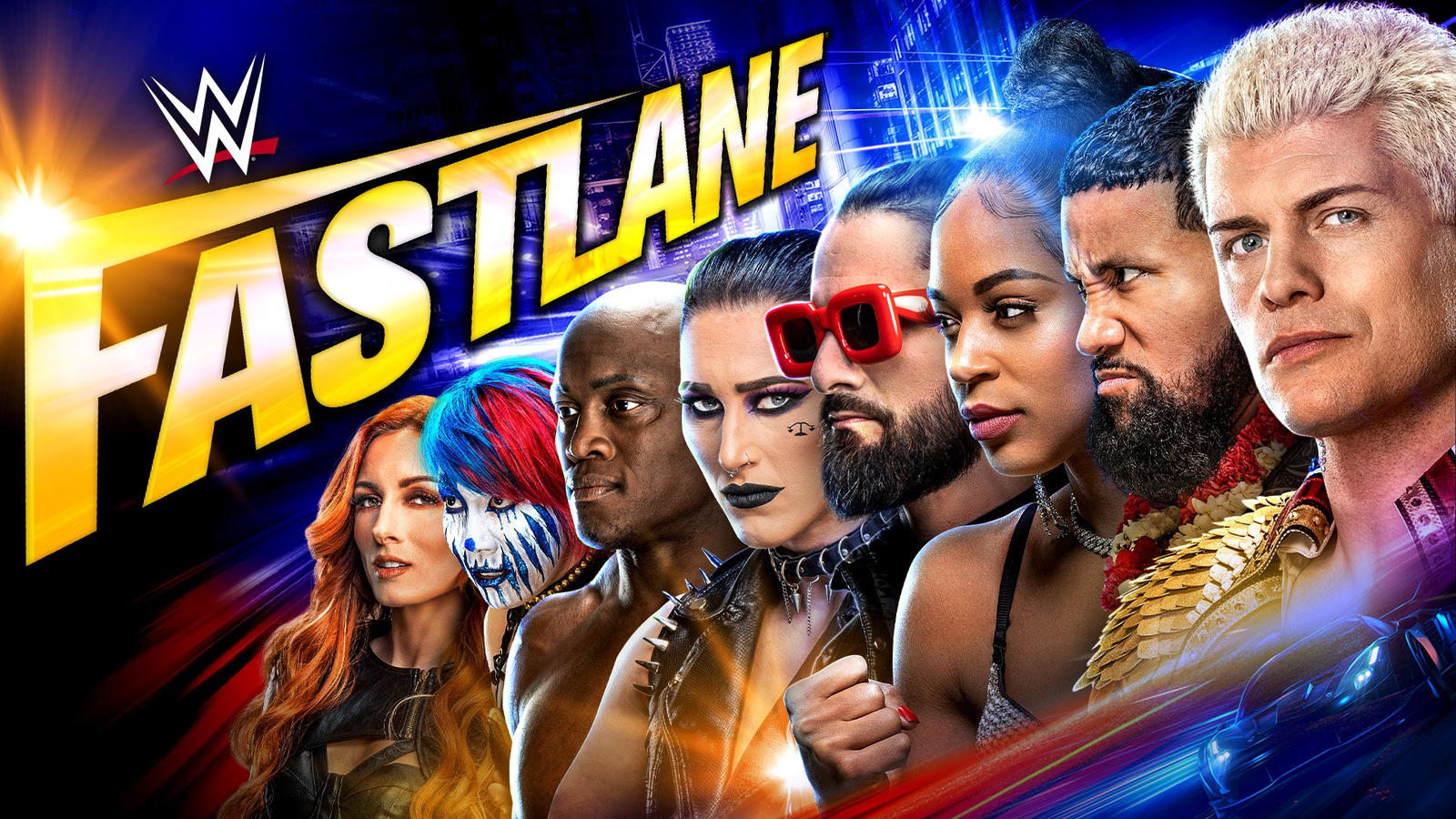Is UFC The Reason Why WWE Was Forced To Release Over 20 Superstars?
In the ever-evolving world of sports entertainment, the recent release of over 20 WWE superstars in a single night sent shockwaves through the wrestling community. Fans, pundits, and insiders were left puzzled, wondering what could have prompted such a massive exodus of talent from the company. While WWE has seen its fair share of talent releases over the years, the sheer number of departures on this occasion raised eyebrows and prompted speculation.
As the dust settles and the wrestling world tries to make sense of this mass release, one question keeps surfacing: Is UFC the reason why WWE was forced to release over 20 superstars in one night?
To fully comprehend the potential connection between WWE’s talent releases and the Ultimate Fighting Championship (UFC), we must delve into the intricate dynamics of the professional wrestling and mixed martial arts (MMA) industries. Both WWE and UFC are giants in their respective domains, but they operate under vastly different business models.
The WWE Universe: A World of Its Own
World Wrestling Entertainment, better known as WWE, is a sports entertainment juggernaut that has been captivating audiences worldwide for decades. Founded by Vince McMahon, WWE has cultivated a unique brand of scripted, choreographed, and larger-than-life wrestling that combines athleticism with storytelling. WWE’s success is not solely dependent on in-ring competition; it thrives on compelling characters, storylines, and theatrical performances.
The heart and soul of WWE are its superstars—men and women who dedicate their lives to perfecting their craft and entertaining the masses. These superstars sign contracts with WWE, which often include exclusivity clauses, limiting their ability to participate in other professional wrestling promotions or MMA organisations.
The Rise of the UFC: A Different Kind of Combat
On the other side of the spectrum, we have the Ultimate Fighting Championship, or UFC, which has risen to prominence as the premier organisation in mixed martial arts. The UFC showcases real combat sports, where fighters engage in unscripted battles inside the octagon. Unlike WWE, UFC does not rely on predetermined outcomes, characters, or storylines; it focuses on showcasing authentic, high-intensity fights.
UFC fighters operate under a different set of circumstances than WWE superstars. They are independent contractors who can negotiate their contracts and compete for various organizations. This key distinction gives UFC fighters the flexibility to seek opportunities outside of the promotion.
The Crossroads of WWE and UFC
In recent years, there has been a notable intersection between WWE and the UFC. Some WWE superstars have ventured into the world of MMA, testing their mettle inside the octagon. Conversely, a few MMA fighters have transitioned into professional wrestling, drawn by the allure of WWE’s global platform.
One of the most prominent crossovers from WWE to UFC was Brock Lesnar. The “Beast Incarnate” enjoyed a successful stint in WWE before making the leap to UFC, where he became the heavyweight champion. His ability to draw attention from both wrestling and MMA fans showcased the potential synergy between the two worlds.
Conversely, Ronda Rousey, a former UFC Women’s Bantamweight Champion, crossed over to WWE, where she made a significant impact, headlining WrestleMania and elevating the women’s division.
These cross-promotional moves indicate that WWE and UFC can coexist without direct competition. However, the recent wave of WWE releases has raised concerns about whether WWE’s decisions were influenced by the rise of the UFC.
The Rise of AEW: A New Player in the Game
Another factor that cannot be ignored is the emergence of All Elite Wrestling (AEW). AEW burst onto the wrestling scene as a viable alternative to WWE, signing top-tier talent and presenting a fresh, more competitive product. The rise of AEW created a new wrestling landscape, offering lucrative contracts and creative freedom to disgruntled WWE superstars.
Wrestlers like Jon Moxley (formerly known as Dean Ambrose) and Chris Jericho made high-profile jumps to AEW, signalling a shift in the wrestling landscape. This new competition may have forced WWE to evaluate its roster and make difficult decisions to remain competitive and financially stable.
The financial realities of WWE
WWE, as a publicly traded company, faces financial scrutiny from shareholders and investors. The COVID-19 pandemic had a significant impact on WWE’s revenue streams, particularly its live event business. With reduced ticket sales and live attendance, WWE needed to adapt its financial strategy.
The decision to release a significant number of superstars may have been driven by cost-cutting measures aimed at maintaining profitability. WWE’s ongoing commitment to securing top-tier talent and providing substantial salaries can be financially burdensome, especially during turbulent times.
Additionally, WWE’s aggressive approach to signing talent, often acquiring wrestlers from various promotions worldwide, may have led to an overcrowded roster. The release of certain superstars could be a strategic move to streamline the roster and focus on developing new talent.
The Ever-Shifting Landscape
The world of professional wrestling and combat sports is in a constant state of flux. While WWE and UFC represent two distinct branches of sports entertainment, their paths occasionally intersect, and they face shared challenges. WWE’s decision to release over 20 superstars may indeed be influenced by factors such as the rise of the UFC, the emergence of AEW, financial considerations, and the need to adapt to an ever-shifting landscape.
As fans mourn the departures of beloved superstars and anticipate their next moves, one thing remains clear: the world of professional wrestling and combat sports will continue to evolve. The relationship between WWE and UFC, marked by occasional crossovers and competition for talent, adds an intriguing layer to this ongoing narrative.
While the exact reasons behind WWE’s mass release of superstars may never be fully disclosed, the wrestling community will continue to speculate and analyse the impact of these decisions. In the end, whether it’s the influence of the UFC or other factors, one truth endures—WWE’s ability to adapt and thrive in an ever-changing environment is a testament to its enduring legacy in the world of sports entertainment.
The Financial Impact on WWE:
While the immediate impact of the UFC merger was felt in terms of superstar releases, the financial repercussions for WWE were also significant. WWE, like any major corporation, is sensitive to market dynamics, especially when it comes to competitors. The merger of UFC and TKO Group Holdings introduced a new level of competition and financial strength to the world of combat sports.
WWE’s stock prices fluctuated in response to the news of the merger. Investors, always cautious and speculative, began to assess the potential threats posed by this new conglomerate. This fluctuation in stock prices signalled a period of uncertainty for the company, and WWE had to take proactive measures to secure its financial stability.
Evaluating Talent Costs:
One of the immediate steps taken by WWE was to evaluate its talent costs. With the release of over 20 superstars, the company aimed to reduce its expenditure on talent contracts. This move was not only a reaction to the UFC merger but also a strategic financial decision to ensure the long-term sustainability of the business.
WWE has always invested heavily in its talent roster, and while these superstars contribute significantly to the company’s success, they also represent a substantial portion of its expenses. By releasing some superstars, WWE aimed to strike a balance between maintaining a high-quality product and managing its financial resources more efficiently.
Focus on homegrown talent:
Another strategy WWE employed in response to the UFC merger was a renewed focus on homegrown talent. The company has a well-established developmental system through NXT, which grooms young wrestlers to become WWE superstars. This system not only reduces talent acquisition costs but also allows WWE to shape and mould talent according to its requirements.
The NXT brand became even more critical in the wake of the UFC merger. WWE needed to ensure a steady supply of fresh talent that could potentially offset any talent acquisitions made by the new conglomerate. As a result, NXT received increased attention and investment to bolster its talent pool.
Strategic Partnerships:
To counter the competitive threat posed by the UFC merger, WWE also explored strategic partnerships. While WWE and UFC are direct competitors in some aspects, there are areas where collaboration or partnership could be mutually beneficial. These could include joint promotional events, cross-promotion on each other’s platforms, or even talent exchanges.
Exploring such partnerships allows WWE to diversify its revenue streams and potentially tap into the extensive fan base of the UFC. It’s a strategic move that not only safeguards WWE’s position in the industry but also demonstrates adaptability in the face of evolving competition.
The Future of WWE:
As WWE navigates the post-UFC merger landscape, it does so with a keen focus on its future. The release of over 20 superstars was a challenging decision, but one made with the long-term interests of the company in mind. WWE remains committed to delivering top-tier sports entertainment and maintaining its status as a global leader in professional wrestling.
The wrestling landscape may have changed with the UFC merger, but WWE’s legacy and resilience are undeniable. The company has faced numerous challenges throughout its history and emerged stronger each time. With a solid financial strategy, a commitment to homegrown talent, and a willingness to explore strategic partnerships, WWE is poised to thrive in this new era of competition.
The merger of UFC and TKO Group Holdings undoubtedly had a significant impact on WWE, leading to the release of over 20 superstars. This move was driven by a need to respond to the changing dynamics in the world of combat sports and secure WWE’s financial stability.
While the immediate aftermath of the merger was marked by uncertainty, WWE took proactive steps to address the situation. These included evaluating talent costs, focusing on homegrown talent through NXT, and exploring strategic partnerships with competitors like the UFC.
As WWE looks to the future, it does so with a determination to maintain its position as a global leader in professional wrestling. The company’s history of resilience and adaptability suggests that it is well-equipped to thrive in this new era of competition, making the WWE-UFC dynamic one of the most intriguing storylines in the world of sports entertainment.
